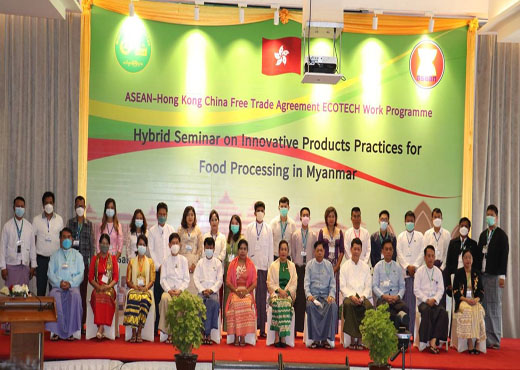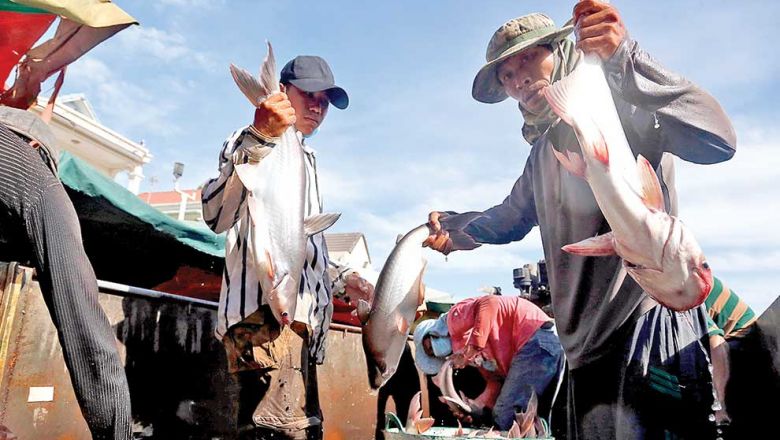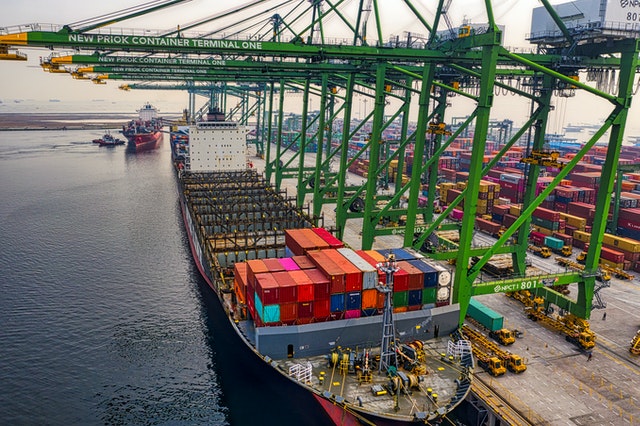The e-Commerce industry has grown tremendously over the last few years. While most of the growth was due to the COVID-19 pandemic, emerging technologies on e-Commerce platforms have enabled a better customer experience, giving them what they really want when shopping online.
Interestingly though, compared to the rest of the world, the retail sector in Southeast Asia is still at a crossroads between physical and online shopping in some areas. While the pandemic has led to an increase in more brands moving towards online platforms or setting up their own e-Commerce channels on social media to boost sales, some consumers still prefer buying products physically in stores.
The reality is though, retailers both large and small are now realizing the potential that they can get from e-Commerce compared to physical sales. For consumers, the hybrid shopping experience is now becoming the ideal method for them. So how do retailers decide which option works best for them? Do they focus more on their e-Commerce expansion and forego their physical sales or find ways to maintain both physical and online sales? Either way, hybrid shopping may just be the next dilemma for retailers.
As Southeast Asia is emerging as a new market for cross-border e-commerce platforms, Singapore has placed itself in the midst of the action.
According to Bain’s e-Conomy report, continued shifts in consumer and merchant behavior, matched with strong investor confidence, have ushered Southeast Asia into its digital decade, with the region on its way towards US$ 1 trillion GMV by 2030.
Similarly, IBM’s Institute for Business Value and the National Retail Federation’s global study, Consumers want it all, revealed that rising consumer preferences for sustainability and shopping journeys splintered across multiple digital, physical, and mobile touchpoints.
The global study of over 19,000 surveyed consumers shows hybrid shopping, which is a mix of physical and digital channels in shopping journeys, is on the rise as shopping habits consumers adopted out of necessity during the COVID-19 pandemic are becoming routine.
To understand more about hybrid shopping and the e-Commerce opportunities for the retail sector in Southeast Asia, Tech Wire Asia speaks to IBM Consulting’s Charu Mahajan, Partner & Sector Leader for Consumer Goods, Retail, Travel & Transport.
According to Mahajan, prior to Covid-19, some of the emerging economies of Asia such as Indonesia and Vietnam indeed had low levels of digital payments infrastructure, and the regulatory environments were not conducive to supporting e-Commerce at scale, with a large percentage of the population still remaining unbanked. There were also challenges in the agility and scalability of supply chain networks that made the flow of goods cross-border or even within the same country difficult.
Traditional business vs modern times
In many countries, Mahajan pointed out that the e-Commerce and modern trade (super/hypermarkets, convenience stores) channel was growing but general trade channels still dominated the physical retail landscape. In India for example, traditional trade (“Kirana” stores aka mom and pop stores) still account for 87% of bulk sales according to Kantar. In Indonesia, the local “warung” make up US$ 110 billion according to a Frost & Sullivan estimate.
True enough, for several decades before Covid-19, there had been no significant technological innovation to these physical spaces as most stores are typically family-run and meet the needs of only the immediate neighborhood. For these businesses, investing in digital point-of-sale systems lacked capital and most of them are not connected to the cloud to run real-time checks on their inventory. Their procurement and inventory management are also labor-intensive.
Similarly, Mahajan added that locally-run modern retail has found it hard to innovate and digitize without significant infusions of capital or to leverage supply chain networks that can enable a larger consumer base.
“Through the pandemic, we have seen that several physical stores – have not always been viable, and retailers across industries have faced significant pressure to adapt or close their stores permanently in the face of rising real-estate costs, Covid-19 closures, rising wages, and changing consumer habits. Consumers have had no choice but to go online to shop for groceries, make payments digitally, participate in online classrooms, and conduct business over the internet.
The level and pace of digital adoption in Asia, especially the emerging economies of Southeast Asia have been staggering, but the advances made in digital adoption of e-Commerce and digital banking have been so pervasive, that the leapfrogging from physical to e-Commerce is here to stay. It is not surprising therefore that the pandemic has also accelerated the growth of e-Commerce at a staggering pace, with Southeast Asia alone, projected to hit US$ 172 billion by 2025,” commented Mahajan.
Building on the positive e-Commerce growth
Even though e-Commerce is growing exponentially post Covid-19, Mahajan shared some interesting trends that are emerging to support the case for physical stores in Asia.
Firstly, technology companies and start-ups have started investing in digitizing neighborhood physical stores. For example, Indonesian unicorn Bukalapak launched the Mitra Bukalapak online-to-offline platform that helps local shops with sourcing and managing inventory better, and also expands the product inventory available in-store by offering virtual products like phone credit and data plans, train tickets, etc.
Alibaba takes this concept a step further, by offering its Ling Shou Tong platform to millions of pop stores in China that also allows them to function as fulfillment and delivery centers. In these instances, Mahajan highlighted how large technology companies are realizing the value of the convenience that these physical stores offer and helping in building their micro-retailing capabilities
Next, as IBM’s 2022 study has shown, consumers no longer see online and offline shopping as distinct experiences. For them, shopping must be fast and efficient some of the time, and at other times it needs to be rich, experiential, and community-led.
“And so even though physical retail might not be the default shopping channel, we found that 72% of consumers still rely on physical retail to experience and test the products. This need for consumers to consume retail in a ‘hybrid’ manner is leading retailers to invest more heavily in integrating their offline storefront experience with their online catalogs seamlessly” explained Mahajan.
Lastly, Mahajan believes that with the acceleration of e-Commerce across Asia, especially Southeast Asia, there is a competitive advantage to supply chains that are nimble and agile. Retailers who are able to use their physical stores as showrooms and also facilitate BOPIS (buy online, pick up in-store) or click and collect – such as Uniqlo or the Central Department Store in Thailand – will emerge as leaders.
“In all of the trends above, the importance of the retail store is not account of technology debt, but because companies are realizing the importance of physical storefronts to enhance the shoppers’ buying experience” concluded Mahajan.
























